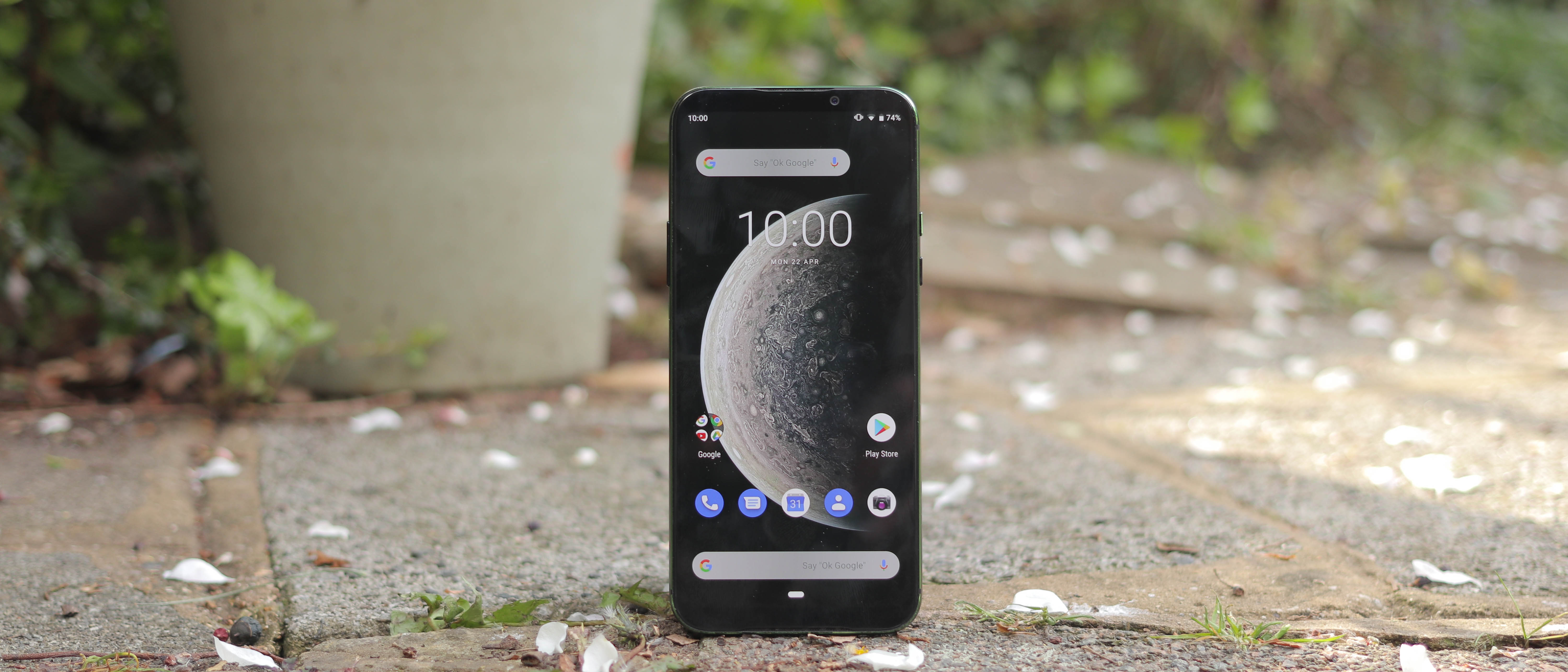Why you can trust TechRadar
Black Shark 2 Pro
As well as testing out the Black Shark 2, we got hands-on with the Black Shark 2 Pro, which was released several months afterwards. It’s hardly a big upgrade on the older phone, with only two key differences (and a very minor one), but one of those changes might be enough to sway you.
The first big difference in the Black Shark 2 Pro from its original is the design, specifically the colors. Rather than the black, silver and blue of the Black Shark 2, you can get black, gray, blue and purple versions of the newer device. If you’re thinking ‘that’s not a big change’, you’re now in the right mindset for reading about this device – it’s not a massively different phone.
Next, the minor difference – the Black Shark 2 Pro display has a DCI-P3 percentage of 109%, rather than 100% in the Black Shark 2. This basically means the screen shows a wider color gamut, although since the difference is only 9% only hawk-eyed users might care.
Finally, the ‘big’ difference, and the real reason for the newer device – the Black Shark 2 Pro packs a Snapdragon 855 Plus chipset, instead of the Snapdragon 855 (non-plus) of the original Black Shark 2. The 855 Plus returns slightly better benchmark scores than its predecessor, and while it’s not going to reimagine your phone experience, it might be useful for gamers who need all the graphical ornamentation and smooth gameplay they can get.

When we put the device through the Geekbench 4 benchmark test, it returned a multi-core score of 11,217 – while that’s only a few hundred points off the Black Shark 2’s result, which lingered in the high 10,000s, it’s still a fantastically high result. In comparison, only the newest iPhone 11 handsets beat that, and it’s the best result we’ve seen in an Android device, marginally trumping the Sony Xperia 1 which scored 11,192. Most Android phones get mid-to-high four-figure scores, though.
High benchmarking scores translate to gaming (thankfully) as you can enable higher graphics options, reduce lagging in games, and render more options at once (perfect for games with loads of details). We tested a range of games, from Rome: Total War and This War Of Mine to Call of Duty Mobile and Rules of Survival, and never had the kind of issues that can crop up now-and-then with other devices at the Black Shark 2’s price point.
Is the top-end benchmark score of the Black Shark 2 Pro really necessary though, and does it translate to a much different gaming experience? Well… we’re not sure we can say it does. The majority of mobile games are designed to play on most smartphones, and all you’re getting with a dedicated device is slightly better graphics, reduced overheating and occasionally slightly better frame rates in games.
But the difference between the Black Shark 2 and 2 Pro? Negligible… at least for the moment. It’s possible in the future more high-end mobile games will come along, and at that time it might be worth having a better phone, so perhaps the Black Shark 2 Pro is the more future-proof of the two devices.
Current page: Black Shark 2 Pro
Prev Page Anything else I should know? Next Page Verdict and competitionBasil Kronfli is the Head of content at Make Honey and freelance technology journalist. He is an experienced writer and producer and is skilled in video production, and runs the technology YouTube channel TechEdit.

